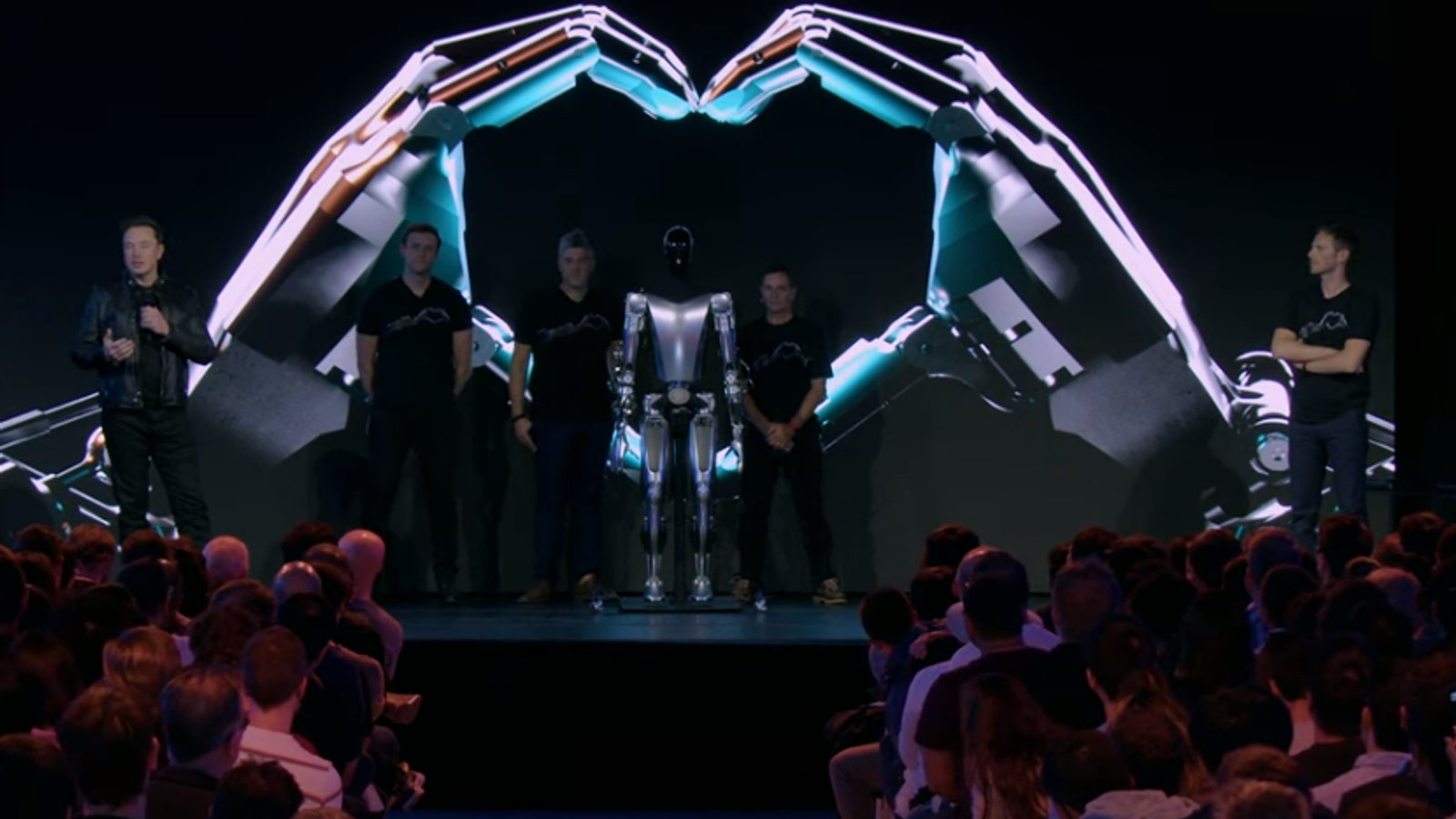When Elon Musk unveiled the first prototype of the flying Teslasuit, the world didn’t just gasp—it recalibrated its understanding of what was possible. The suit, sleek and futuristic, wasn’t just a marvel of engineering. It was a statement. A challenge to gravity, convention, and the boundaries we’ve long accepted as fixed.
For decades, Musk has been synonymous with disruption. Electric cars. Reusable rockets. Neural interfaces. But the Teslasuit marked something different. It wasn’t just about machines—it was about the human body itself. About merging man and machine in a way that felt less like science fiction and more like destiny.
The suit’s design was inspired by exoskeleton technology, drone propulsion systems, and Tesla’s own AI architecture. It allowed limited vertical lift, directional control, and stabilization—essentially turning the wearer into a low-altitude flyer. Not a superhero, but something close. Something that made people stop and ask: “If this is real, what else is?”
But beneath the spectacle was something deeper. The Teslasuit wasn’t just a technological leap—it was a philosophical one. It asked us to reconsider what it means to be human in an age where boundaries blur. Where flight isn’t reserved for machines or birds, but for anyone bold enough to wear the future.
Critics called it reckless. Dangerous. A vanity project. But Musk’s defenders saw something else: a prototype of possibility. A glimpse into a world where mobility is reimagined, where emergency responders could reach disaster zones faster, where disabled individuals might one day experience movement in ways previously unimaginable.
And yet, the Teslasuit also raised uncomfortable questions. About accessibility. About safety. About who gets to fly—and who gets left behind. It reminded us that every leap forward carries a shadow. That innovation, no matter how dazzling, must be tempered with ethics, equity, and care.
Still, the emotional impact was undeniable. Watching that first test flight—awkward, brief, but real—felt like witnessing the birth of a new myth. Not of Icarus, who flew too close to the sun, but of a generation daring to rewrite the rules of gravity itself.
For Musk, the Teslasuit was never just about flight. It was about freedom. About giving humans the tools to transcend their limitations. And in doing so, it reignited a conversation we’ve been having since the dawn of time: What does it mean to rise?
In the end, whether the Teslasuit becomes a commercial product or remains a prototype, its legacy is already written. It shocked the world not because it worked perfectly—but because it dared to exist. It reminded us that the future isn’t something we wait for. It’s something we build. One suit. One spark. One impossible idea at a time.






